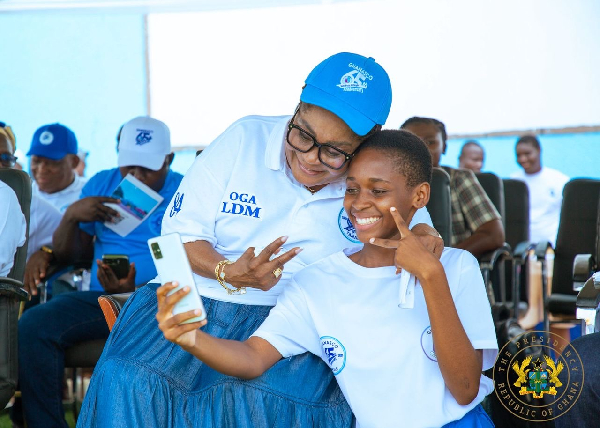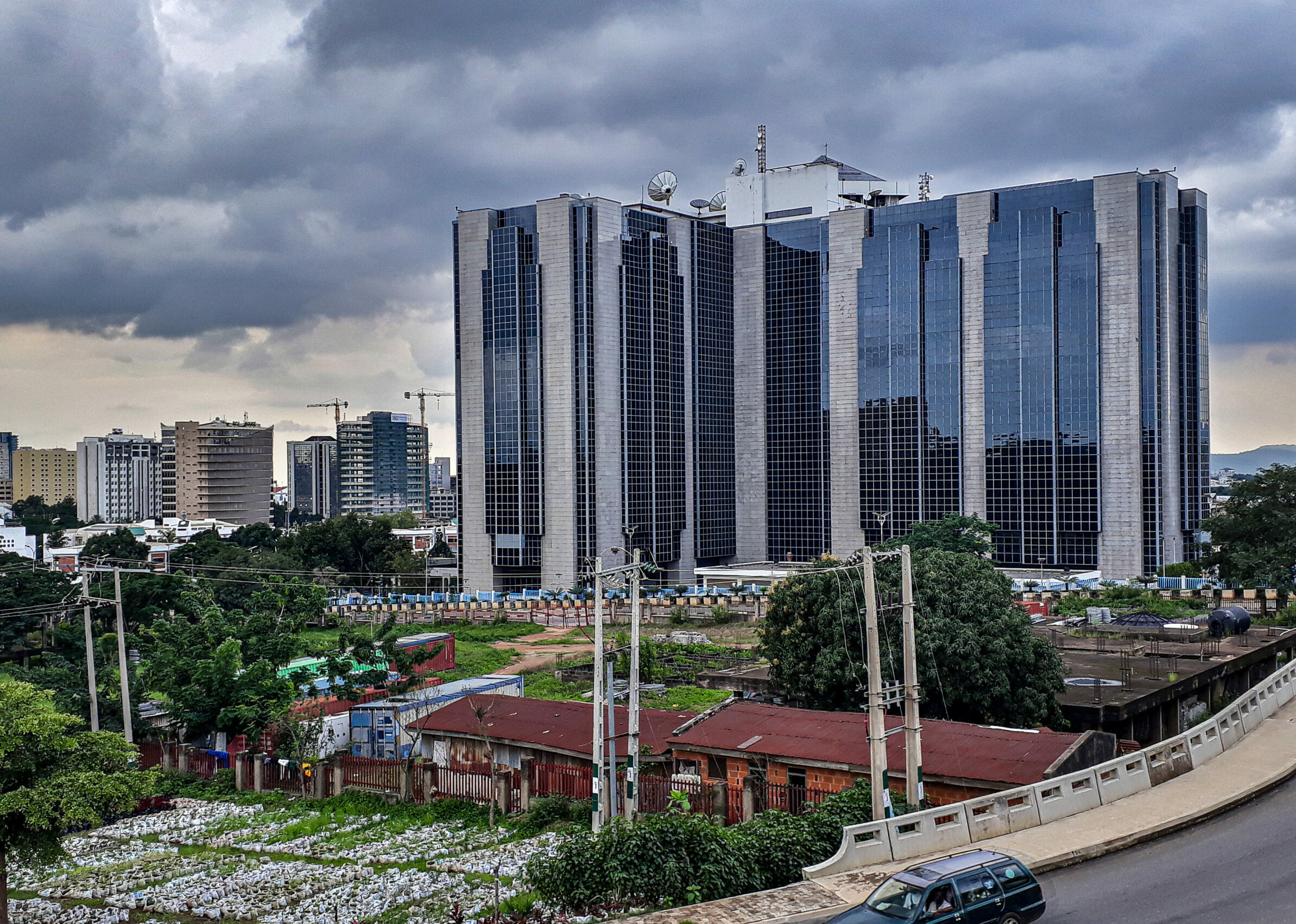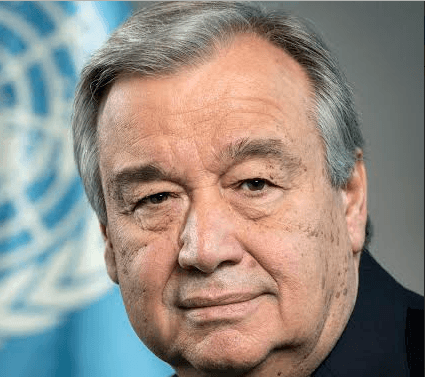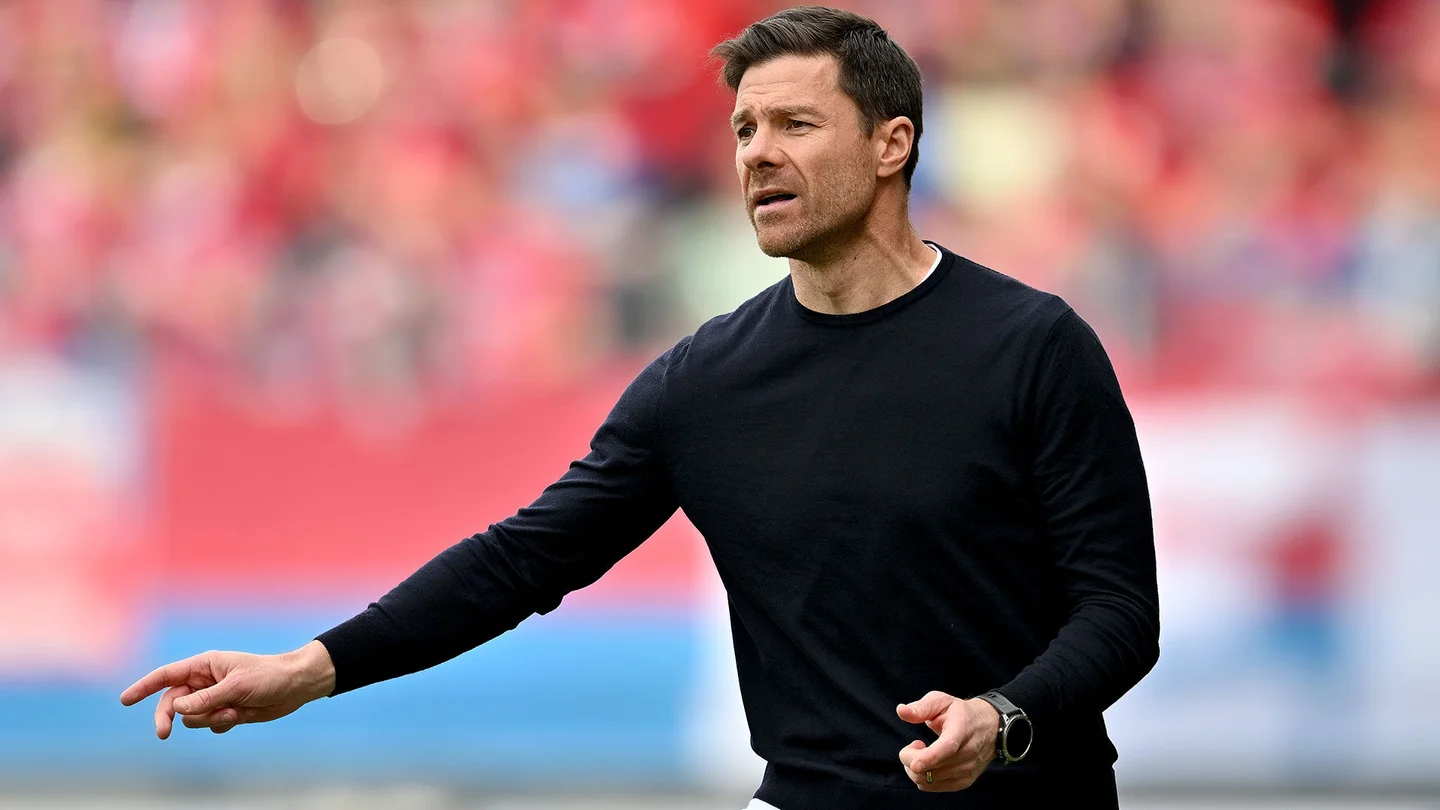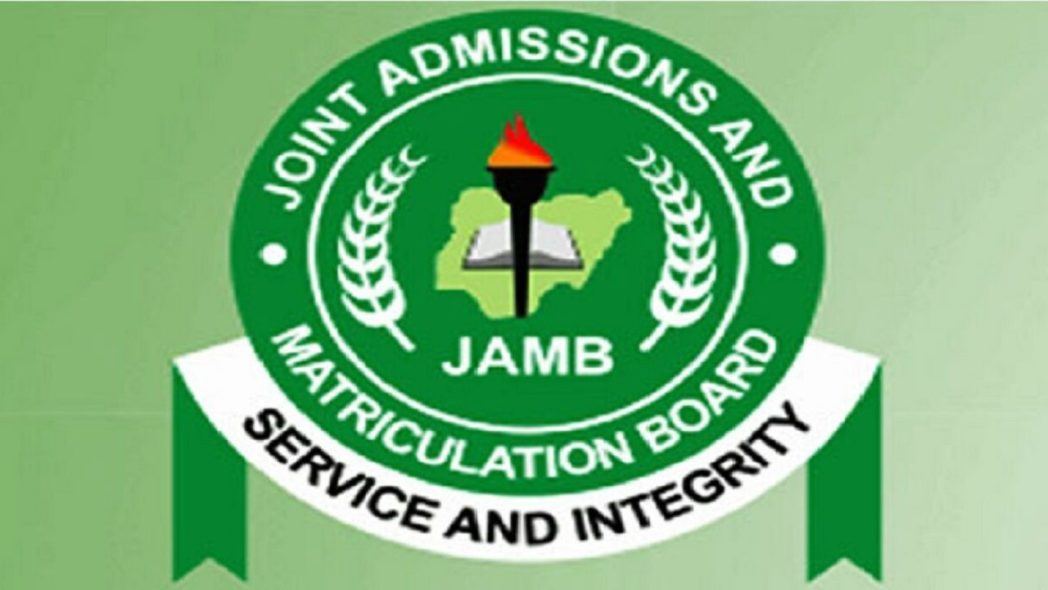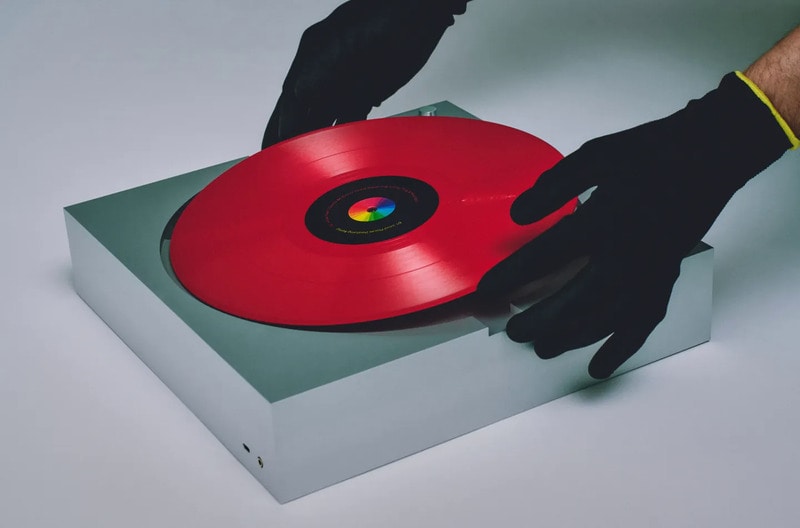Mission: Impossible Villians, Ranked | Den of Geek
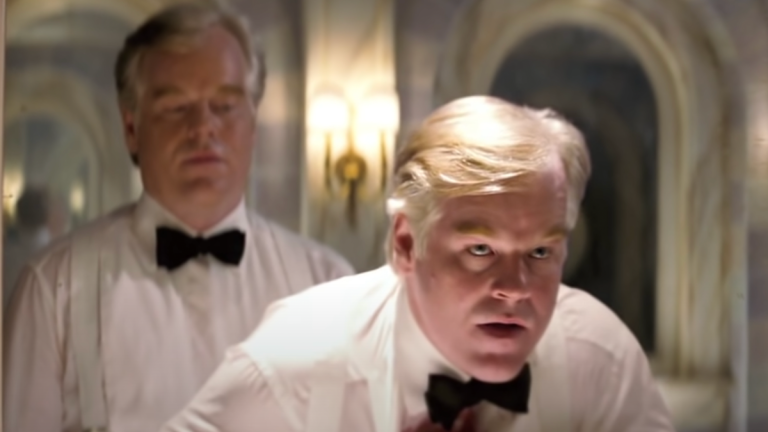
The Mission: Impossible franchise is built on intense Tom Cruise stares, convoluted plot twists and reveals, and incredible stunts. It is not, however, built on compelling stories. Most of the Mission movies are about rogue agents and ill-defined MacGuffins, a repetition that would be annoying if anyone cared about the plots. However, lack of plot clarity does not equate to lack of tension. Most of the movies feature excellent villains who make life difficult for Cruise’s Ethan Hunt and force him to do incredible feats, resulting in the stunts we all love so much.
So as the franchise winds down (maybe) with Mission: Impossible – The Final Reckoning, let’s take a look at the best of the worst: the villains who literally drove Ethan Hunt up a wall or into a giant turbine or hanging from a biplane. Point of clarity, first. While the series does have some fun henchmen like Paris (Pom Klementieff) and some stories have shadowy baddies pulling the strings, such as duplicitous IMF director John Musgrave (Billy Crudup) or the Entity, we’re just looking at main bad guys here, the people who dare to match wills with Ethan Hunt.
Mission: Impossible II almost killed the franchise in its infancy. It seemed like a good idea to bring on director John Woo, a Hong Kong auteur with just as much style as the first film’s director, Brian De Palma. Furthermore, Woo and screenwriter Robert Towne (a Hollywood legend who co-wrote the first movie) base their story on the Alfred Hitchcock movie Notorious, casting Thandiwe Newton in place of Ingrid Bergman as the untrustworthy spy who captures our hero’s heart.
The combination proved disastrous. Woo’s melodramatic method clashed with underdeveloped characterizations, a problem particularly clear with M:I2‘s central antagonist, former IMF agent Sean Ambrose, played by Dougray Scott. The legend of how Scott, the first person cast to play Wolverine in 2000’s X-Men, lost the role because of an on-set injury has been told time and again, overshadowing the worse insult, that he’s quite badly used in this movie. Ambrose is intended to be Hunt’s dark double, so much so that he begins the film masquerading as Cruise’s character. But he never has the intensity nor the charisma of his enemy, too often coming off as a sulking man-child than anyone who could threaten Hunt, let alone the world.
Kurt Hendricks, aka Cobalt, is so much better in conception than in execution. Played by Swedish actor Michael Nyqvist, Hendricks is exactly the type of antagonist who should challenge Ethan Hunt. A true believer in a nihilistic ideology, Hendricks wants to spark a nuclear war between the U.S. and Russia. That extremist belief gives the IMF no choice but to engage in the sort of over-the-top action that makes the franchise so special.
The threat posed by Hendricks might send Ethan scaling the Birge Kalifa, but as a person, he’s a nothing onscreen. Nyqvist knows how to play menace, as demonstrated in his many genre roles in his native Sweden, or in American movies like John Wick, but he has nothing to do here but glower. Worse, he’s overshadowed by his minion Sabine (Léa Seydoux), whose personal connection to Hunt’s colleague Jane Carter (Paula Patton) gives her an edge that Hendricks never achieves.
The main antagonist of Dead Reckoning and The Final Reckoning, the agent known only as Gabriel (Esai Morales) is set up as Ethan Hunt’s greatest foil. Not only does he apparently have espionage skills even greater than those of our hero, but he was directly responsible for Ethan joining IMF. We learn that Gabriel killed Ethan’s girlfriend Marie and framed him for the murder, which put him on the IMF’s radar. Worse still, Gabriel resurfaces as an acolyte of the all-powerful AI known as the Entity, giving him a driving ethos to match Ethan’s desire to save everyone.
On paper there’s nothing wrong with this characterization. In practice it stinks. Dead Reckoning and especially The Final Reckoning suffer from a self-mythologizing that keeps dragging the movie back into the past instead of charging forward, and Gabriel embodies that backwards impulse. Gabriel is given some big moments of evil, directly killing fan favorites Ilsa Faust (Rebecca Ferguson) and Luther Stickell (Ving Rhames), and Morales has fun playing up the villain role, but Gabriel’s worst sin is boring the audience.
Before we get further, we must be clear: Jim Phelps is a good villain. The fact that he ranks so low here is a testament to the strength of the other baddies, not a knock against Jim. One of the main protagonists of the original 1960s television series (albeit portrayed by Peter Graves instead of Jon Voight), Jim Phelps makes Mission: Impossible into a legacy sequel, connecting the classic series to a new set of heroes.
However, Mission: Impossible has a bravery that most legacy sequels lack, turning the former hero into the new villain. Phelps initially seems to die in the attack that takes out most of Hunt’s team at the start of the movie, during a mission that IMF boss Kitteridge later reveals to be a “mole hunt.” However, Phelps returns late in the film as first Ethan’s ally and then his enemy, the true traitor that Kitteridge seeks. Voight brings plenty of gravitas to the role, but he struggles a bit with the stunts at the end—despite the fact that he was 57 when the movie was shot, a year younger than Cruise was when filming on Dead Reckoning began.
Going into Fallout, the buzz was all about the mustache that Henry Cavill grew for the movie. Because he could/would not shave the facial hair for reshoots on Justice League, that movie’s director Joss Whedon had to digitally remove the ‘stache from Cavill’s face, resulting in an infamously absurd looking Superman. It seemed like a petty move at the time, but once we all saw Fallout, we got it. The mustache looks amazing and deserves to stay.
The mustache is important because it sums up Cavill’s character August Walker. Described as a “blunt instrument” assigned to work with (read: spy on) Hunt for CIA Director Erika Sloane (Angela Bassett), Walker proves to be a force of nature who is just as destructive as our hero. Even before he’s revealed to be the malevolent John Lark, the man who the IMF sought in Rogue Nation, Walker proves a credible threat to Ethan. He’s ready to pummel our hero to death at any second—and he looks great doing it.
For all of the death-defying derring-do in the Mission: Impossible franchise, it’s notable that the scariest moment comes not during one of Ethan Hunt’s feats, but in a line of dialogue. When arms dealer Owen Davian wakes up to discover he’s been captured by IMF, he ignores Ethan’s questions and blithely asks some of his own: “Do you have a wife, a girlfriend? Because you know what I’m gonna do next? I’m gonna find her… and I’m gonna hurt her.” It’s not so much the specific words that Davian says that send a chill down the spine. It’s the way that they’re delivered, completely without passion.
Of course Davian is played by Philip Seymour Hoffman, one of the greatest actors of his generation. Hoffman’s ability to play cool and controlled (and, in one memorable scene, play the ever-energetic Ethan Hunt disguised as Davian) elevates the otherwise mundane J.J. Abrams-directed third film. In fact, Hoffman brings so much to the part that it’s hard to notice how bland the writing of Davian is, a demerit that knocks him to second place despite the utterly mesmerizing performance.
Owen Davian may talk about killing Ethan’s loved ones, but Solomon Lane actually almost did it. The pure sorrow and terror on sweet Benji’s face when he reveals the bomb strapped to his chest tells us more about Lane’s capacity for evil than any of Davian’s monologues could do. In fact, Lane encapsulates everything about the franchise’s past baddies, perfecting everything they tried to do. He has Davian’s quiet menace, the espionage skills of Gabriel and Ambrose, and he has the twisted worldview of Hendricks. By the time he sends a bomb to the worksite of Ethan’s estranged wife Julia Meade (Michelle Monaghan) out of pure pettiness, Lane even develops a personal animosity like Phelps.
Much of the credit goes to Sean Harris, who uses his raspy voice and dark eyes to enhance the malevolence. So much of the Mission: Impossible franchise rests on Cruise’s gift of being earnest on camera, looking out from the screen with yearning blue eyes and a furrowed brow to convince viewers that he can do whatever he intends to do. Harris’ eyes do the exact opposite. When he looks out from the screen, we see pools of blackness, drowning us in nothingness. If Hunt is, as IMF Director Alan Hunley (Alec Baldwin) memorably put it, “the living manifestation of destiny,” then Lane is truly the opposite; the living manifestation of nihilism.

